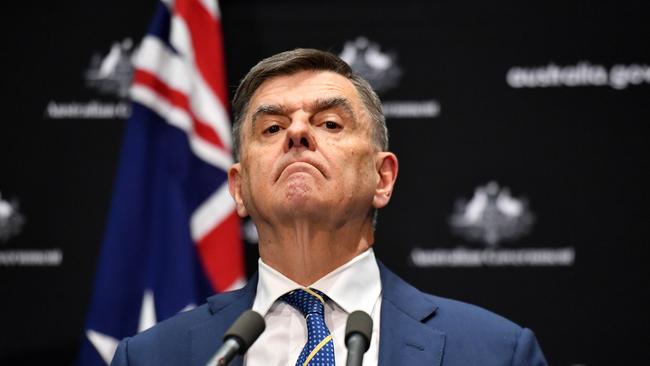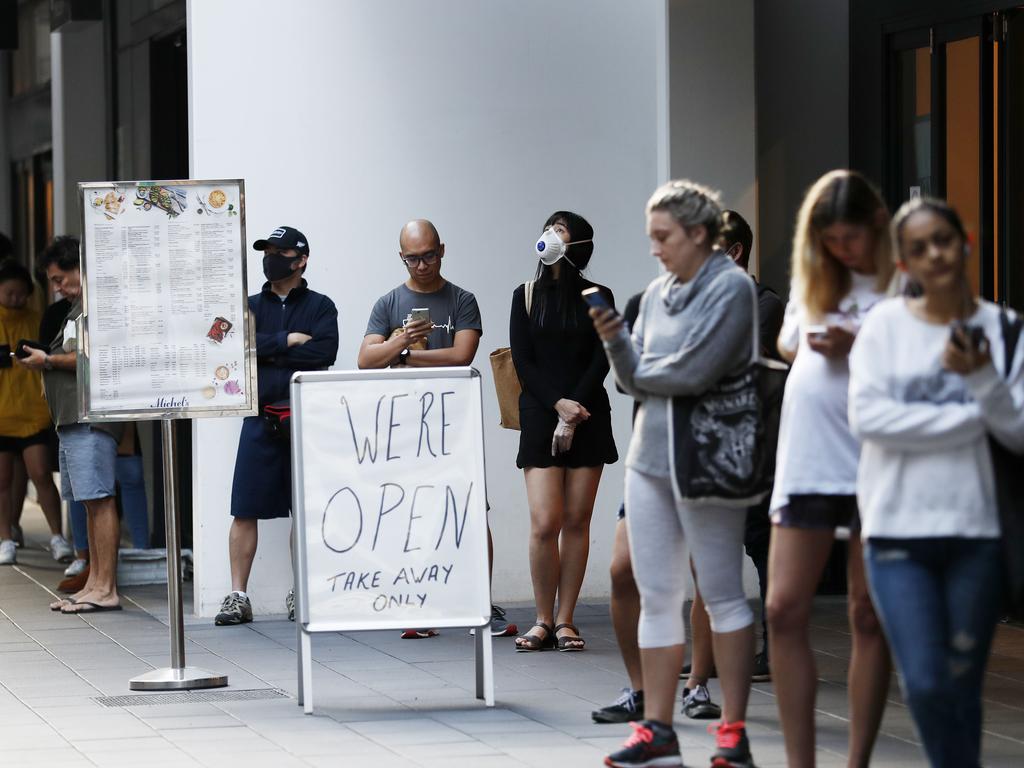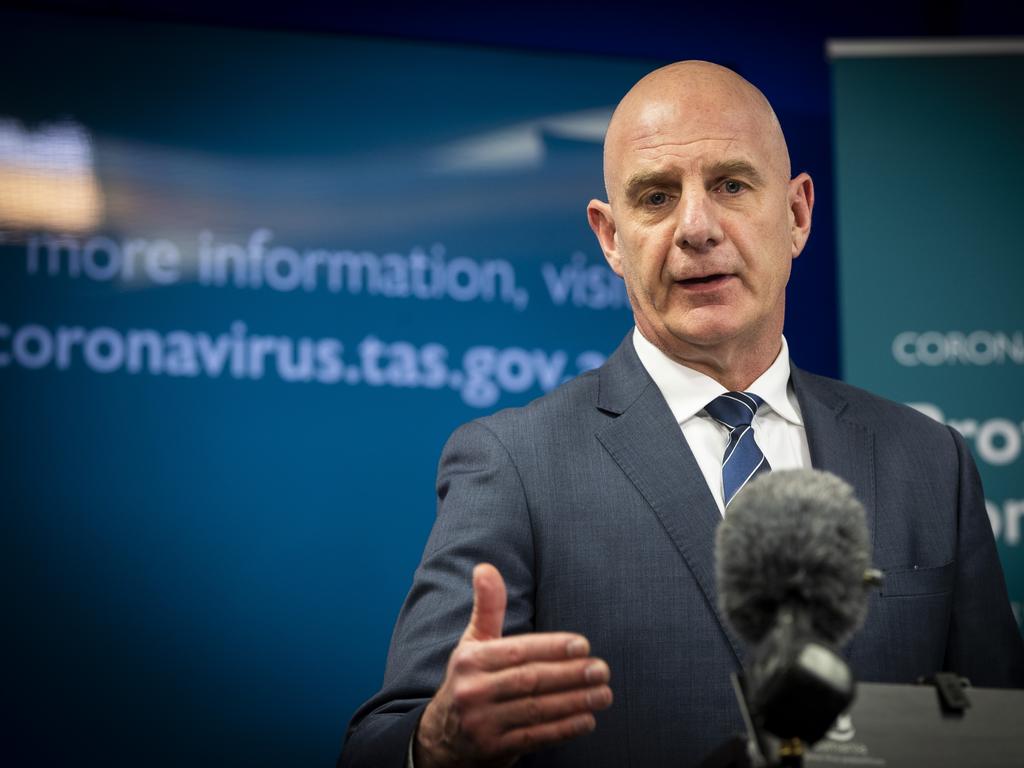Coronavirus Australia: tough measures paid off, top doc Brendan Murphy says
Chief Medical Officer says containment success due to government’s early actions.

Australia’s Chief Medical Officer, Brendan Murphy, says tough border restrictions and strict social-distancing measures have helped keep local transmission rates of coronavirus running at below one infection per person in every state and territory except Tasmania.
Professor Murphy said the national success at containment to date was a result of the government’s early actions, including shutting down international travel in March. An infection rate below one means the number of overall cases of the virus will continue to fall.
Scott Morrison also praised Australia’s Chinese community for its early response to the virus by practising quarantine measures, which he said had contributed to it not spreading into the wider Australian community.
The Prime Minister said that in the first phase of the virus, when it was being exported out of China, “Australia moved very quickly to put in place the restrictions of travel into Australia. The excellent work done by, particularly, the Chinese-Australian community here meant that Australia was substantively protected from that first export wave of the virus across the world”.
He said quarantine measures isolating Australians returning from overseas had also had a substantial impact.
Australia’s tally of cases stood at 6673 with 78 deaths on Friday. But the number of people in intensive care had dropped to 43 with only 29 on ventilators. Professor Murphy said 5000 of the cases had now recovered.
As at 6am on Friday, Australia had experienced only 13 new cases in the previous 24 hours.
Professor Murphy said the measures introduced at the border “did have a very significant impact on the reproductive rate in early March”. “But there was rising, what we call community transmission with no epidemiological link, particularly in Sydney — those cases that weren’t related to any known contact,” he said.
“There was further flattening after those distancing measures were introduced, particularly in NSW and Victoria … If we hadn’t put those distancing measures (in place), we may have seen it rapidly go above one (infection per person) fairly quickly.”
In the early phase of the epidemic in Wuhan, China, where the coronavirus originated, 2.68 people were becoming infected for every new case.
Professor Murphy said Australia had been in a better position “than just about any other country” because it was one of the first to ban travel from China, had done some of the widest testing in the community and managed to “capture, contain, isolate (and) quarantine contacts” for all cases that came from overseas.
“In those countries that have significant problems, they didn’t. And they had widespread community transmission before they actually realised they had a problem,” he said.
Updated modelling released on Friday showed that, even without taking account of the large numbers of returned travellers and the impact they had on case numbers, the infection rate was “a bit closer to one” case per person but still under one.
The infection rate was slightly over one in Tasmania, following a recent outbreak in the northwest.
“There are very few countries in the world that would not want to be in our position right now, not just from a public health point of view but from the point of view of actually planning the economic recovery out as well,” the Prime Minister said.







To join the conversation, please log in. Don't have an account? Register
Join the conversation, you are commenting as Logout